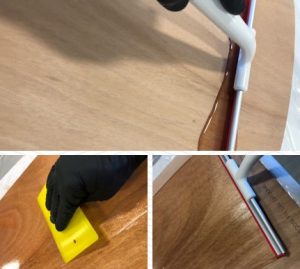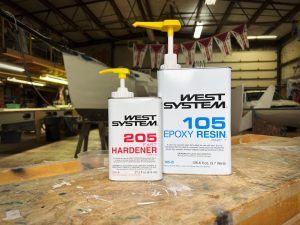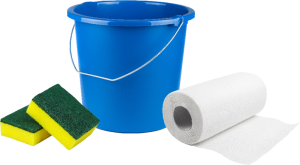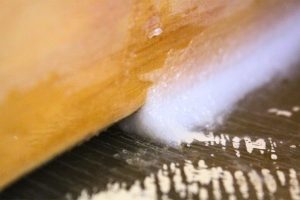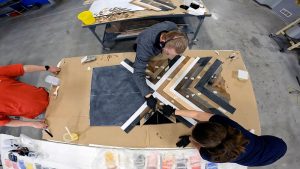By Don Gutzmer – GBI Technical Advisor The beauty of naturally finished wood on a boat is appealing to many boat owners, but the maintenance of clear wood finishes is an ongoing task. One way to reduce this task is to stabilize the moisture content of the wood with epoxy. Residents in Michigan or Florida […]
